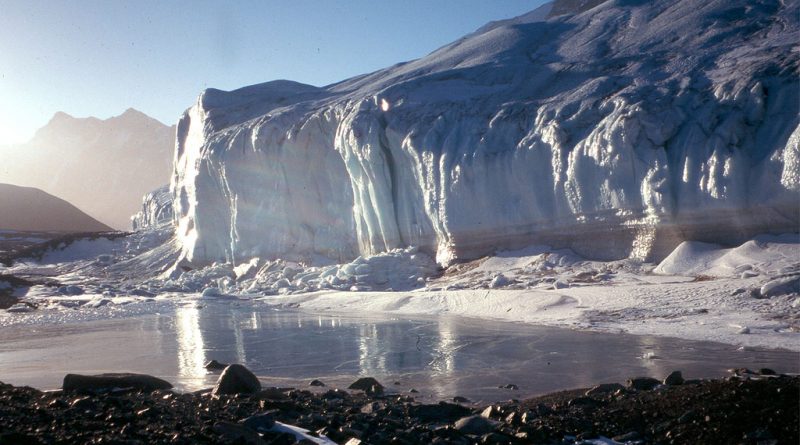Himalayan Ice Caps Melting
Natalie Sherman
Staff Writer
In the next hundred years, it is projected that ninety percent of Earth’s glaciers will disappear, reports The New York Times. Decreased snowfall, increasing snowline elevations, and the phenomenon of elevation-dependent warming are predicted to pose a threat to glaciers, specifically because of the high elevations they form at.
The New York Times also reports that many of the world’s rivers are sourced from glaciers and snowmelt and their water levels could significantly decrease without the glaciers and ice fields that supply their water. The loss of rivers threatens to significantly disrupt economic activity as well as negatively affect the quality of life of people across the world.
Nowhere is this a more threatening scenario than in the Hindu Kush Himalayan (HKH) region, the home of Mount Everest and K2. According to the International Centre for Integrated Mountain Development in a statement to Reuters, “Global warming is on track to transform the frigid, glacier-covered mountain peaks of the HKH cutting across eight countries to bare rocks in a little less than a century.”
If global temperatures increase by 2 degrees Fahrenheit, the increase will be inflated in the Himalayas to the equivalent of nearly 4 degrees. It is unlikely that drastic action at the level needed to avoid the two-degree threshold can be accomplished within the time frame needed to save the HKH glaciers. As the Guardian put it, the Himalayan icefields are “doomed to melt.”
However, climate change in the HKH is unlikely to remain localized. Scientists often describe the HKH as a “third pole” because it has the largest amount of ice anywhere outside of the Artic and Antarctica. Any disruption to the amount of ice in the HKH has the potential to ripple across Asia. The HKH covers around 2,000 square miles of Asia and its annual snowfall, as well as its glaciers and ice fields, are a vital source of water in the region.
Many of Asia’s mightiest rivers, such as the Yangtze, Mekong, Indus, and Ganges, are dependent upon the cycle of ice and snow melt in the HKH to maintain their water levels. These rivers supply water to a combined total of around 1.8 billion people, close to a quarter of the world’s population, and reductions in their water levels have the potential to drastically reduce the quality of life of many in the region.
The reduction in water levels could have additional economic effects in the form of a reduced capacity for hydropower and a food shortage. Many farmers in the HKH region are dependent on this steady source of water during the dry season. Without local crops, it will be a struggle to feed the enormous population of the region. However, the largest threat of the loss of Himalayan glaciers lies in its potential to create and worsen environmental disasters.
The New York Times also reported that heat waves in the region will become more severe and there will be an increase in instances of erosion and rock slides in the mountains. Overall, the amplified effects of climate change caused by elevation-dependent warming are likely to have drastic negative effects on the quality of life of those living in Southeast Asia.
With the discovery of climate-dependent warming, mountain regions now join low-lying islands as “climate hotspots” that will become the front lines of climate change. The loss of the icepack in the HKH will vastly change the terrain of the region and change the lives of the nearly two billion people who call it home.
Climate change in the HKH could also generate climate refugees, especially because of its effects on an extremely large, and growing, population. The Himalayan ice fields are poised to be one of the great casualties of climate change and their loss could very well cause a migration crisis in Southeast Asia.

